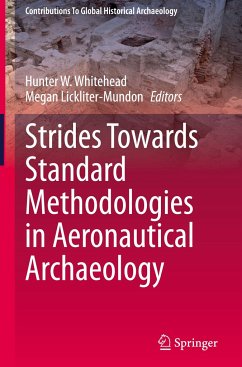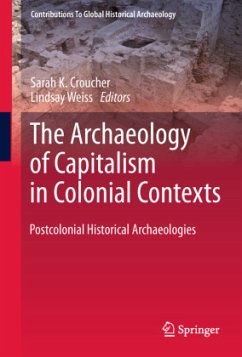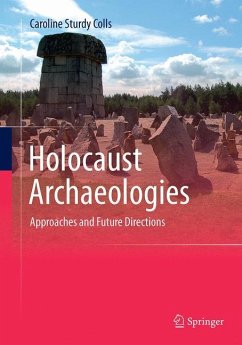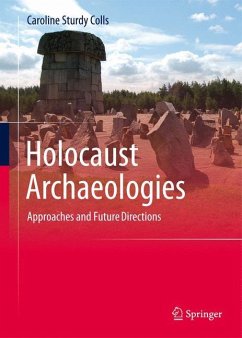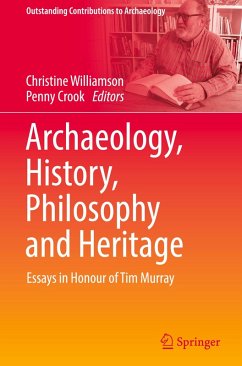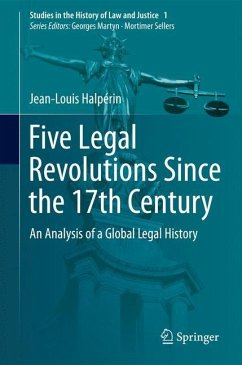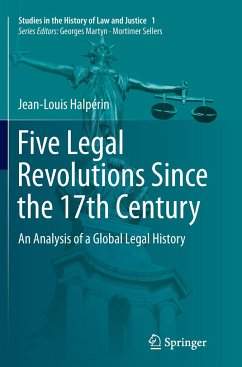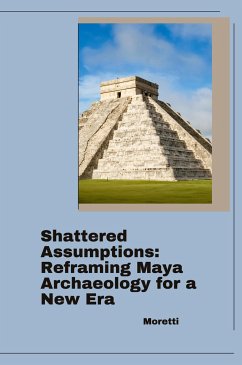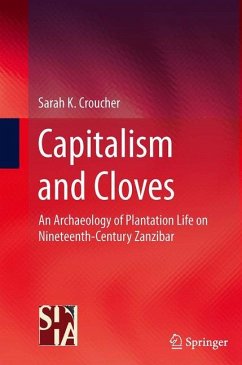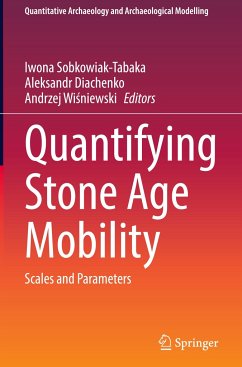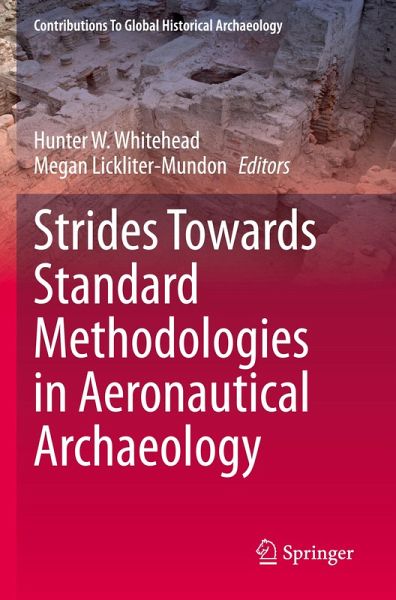
Strides Towards Standard Methodologies in Aeronautical Archaeology
Versandkostenfrei!
Versandfertig in 6-10 Tagen
91,99 €
inkl. MwSt.

PAYBACK Punkte
46 °P sammeln!
This volume presents a subfield overview on current research, trends, and commentary on the state of aeronautical archaeology and its development, through selections from a session on aviation archaeology at the 2020 Society for Historical Archaeology Conference. It serves to highlight those practices and projects that take strides towards standard methodologies in aeronautical archaeology. This book involves the study of aircraft crash sites, airfields, battlefields, and buildings or structures related to aviation. High profile sites and topics in this book include Lake Mead's B-29 Superfortr...
This volume presents a subfield overview on current research, trends, and commentary on the state of aeronautical archaeology and its development, through selections from a session on aviation archaeology at the 2020 Society for Historical Archaeology Conference. It serves to highlight those practices and projects that take strides towards standard methodologies in aeronautical archaeology. This book involves the study of aircraft crash sites, airfields, battlefields, and buildings or structures related to aviation. High profile sites and topics in this book include Lake Mead's B-29 Superfortress, Tuskegee Airmen in Michigan, and patterns of preservation in WWII aircraft and their importance.
A relatively new field, aeronautical archaeology is the sub-field of archaeology that examines past human interaction with flight. The authors aim to create more awareness for aviation cultural heritage projects and the associated community of scholars, practitioners, and enthusiasts.This volume includes contributions from leading global scholars through varied scientific inquiries, summaries of site investigations, and conservation techniques of aeronautical heritage.
A relatively new field, aeronautical archaeology is the sub-field of archaeology that examines past human interaction with flight. The authors aim to create more awareness for aviation cultural heritage projects and the associated community of scholars, practitioners, and enthusiasts.This volume includes contributions from leading global scholars through varied scientific inquiries, summaries of site investigations, and conservation techniques of aeronautical heritage.



